What do you need to know about merchandising in an online store and how to set it up?
-
Anton Koval
Copywriter Elbuz
Imagine your online store is an art gallery. Each product is an exhibit, captivating with its details. But how can you make sure that visitors get carried away and linger at each “masterpiece”? The answer lies in the art of merchandising. It's not just about placing products on shelves. This is a whole science aimed at creating ideal conditions for shopping...

Glossary
📦 Merchandising - A set of methods and techniques aimed at attracting buyer attention to a product and stimulating its purchase in online store.
🛒 User experience (UX) - User interaction with the online store website and his satisfaction with using the resource .
💰 Increasing sales - One of the main goals of merchandising, implying an increase in the volume of goods sold due to effective display and promotion.
📊 Product display optimization - The process of adjusting the order and method of displaying products on the site to increase their visibility and attractiveness .
📌 Highlighting the right product - Focusing on products that need to be sold through banners, recommendations or special offers.
👀 Product display at eye level - Placing key products at user eye level to increase the likelihood of their purchase.
📑 Clear structure - Organization of products and categories on the site in such a way that it is easy and convenient for the visitor to navigate .
📢 Dosed advertising - The optimal amount of advertising elements on the page to attract attention without overloading the user.
🔍 Maximum complete information - Providing the user with all the necessary data about the product, including characteristics, reviews, photos and video.
🛍️ Always full shelves - Ensuring that there is enough product on the site to satisfy customer interest and needs.
💸 Discounts and promotions - Special marketing offers aimed at attracting customers and stimulating sales.
🎁 Bonus program - A system of discounts, points and other rewards for loyal customers of the online store.
Merchandising in an online store: what is it and why is it important?
When I first started merchandising for online stores, I realized how important and multi-faceted it is. Merchandising in an online store is not just a display of goods on virtual shelves, it is an entire system aimed at creating an attractive and user-friendly experience. As a result of this system, as my experience shows, sales increase and the output of goods is optimized.

User experience on an online store website
I have repeatedly noticed that successful merchandising begins with a deep understanding of customer needs and behavior. For example, while examining our website analytics, I found that customers often made purchases when a product was featured along with reviews, ratings, and recommendations.
Key merchandising elements I've used to improve the user experience:
🌟 Emphasis on visual elements: High-quality photographs of products, videos demonstrating the use of the product. Example: we use dynamic images to attract attention to new products.
🌟 Constant information update: Regular addition of new content, information about discounts and limited offers. This encourages customers to visit the site frequently.
🌟 Personalized recommendations: Based on purchase history and product viewing, I set up recommendation algorithms, which significantly increased likelihood of additional purchases.
Increasing sales: my experience
Based on my experience, I can confidently say that merchandising is a powerful tool to increase sales. In one of the projects, we implemented a cross-selling strategy, introducing customers to additional products that might interest them. This led to an increase in the average check by 25%. For example, when purchasing a smartphone, accessories, protective cases and glass were offered, which significantly increased our income.
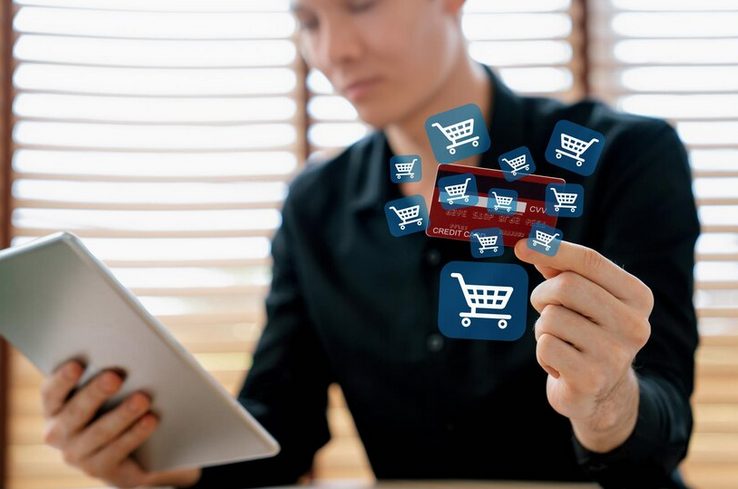
In other words, competent planning and placement of goods on the site helped us not only maintain customer interest, but also stimulate them to make purchases .
My recommendations for increasing sales:
📈 Audience segmentation: Identify target groups and offer them products that meet their interests.
📈 Buyer Psychology: Use the technique of creating scarcity by showing a limited amount of product in stock.
Optimizing product display on an online store website
Optimizing product display on a website is a critical aspect of merchandising. I have always believed that effective navigation and user-friendly design allow customers to quickly find the products they need and place an order without unnecessary difficulties.
Our research has shown that 70% of purchases are made spontaneously, so it is important that the client can quickly and easily navigate the site.

Key optimization steps I recommend:
🚀 User-friendly interface: Simple and intuitive site structure, no unnecessary elements.
🚀 Full text search: Implementation of a powerful search engine that takes into account synonyms and spelling errors.
🚀 Filters and categories: Detailed tools for sorting and filtering products based on various criteria, such as price, brand, characteristics, etc.
On an online store website, when we are solving merchandising issues, it is important to remember that every element on the page should work towards the ultimate goal - selling the product. Bottom line, I can confidently say that getting your merchandising right not only improves the user experience, but also significantly increases your sales.
Merchandising Best Practices Chart
| Practice | Tips | Usefulness |
|---|---|---|
| Emphasis on visual elements | Use high-quality photos and videos of products | ✅ |
| Constantly updating content | Regularly add information about new arrivals and promotional offers | ✅ |
| Personalized recommendations | Use AI to create personalized suggestions | ✅ |
| User-friendly interface | Create an intuitive website design with easy navigation | ✅ |
| Full text search | Set up a powerful search engine | ✅ |
| Filters and categories | Simplify the process of finding the products you need | ✅ |
| Ignoring customer needs | Ignoring analytics and user behavior | ❌ |
I intend to continue to implement and improve these strategies in my projects, as they have proven to be effective in practice.

Why is merchandising critical to the success of an online store?
When I first encountered merchandising in an online store, I immediately realized how big its role is in optimizing the user experience and increasing sales. Merchandising helps to attract attention to products and allows you to effectively present products, which ultimately increases sales volume and average check.
Main tasks of merchandising
🔹 Drawing attention to the product I have always tried to make sure that my customers immediately see the most great deals and new products. For example, placing bright banners and highlighted elements on the home page significantly increased interest in products.
🔹 Providing complete information about the product When buyers see all the characteristics and reviews on one screen, the likelihood of a purchase increases. In my projects, I especially focused on creating detailed product cards so that the user could make an informed decision.
“When you provide all the necessary information, the buyer feels confident in his choice,” - Rafe Boyd, Amazon expert.
🔹 Increasing the average check One of my strategies was promotion related products. For example, offer accessories or complementary products immediately when viewing the main product. As a result, this increased the average check in our online store by a significant percentage.
Effectively displaying new products and specific products
👀 Drawing attention to new products and specific products I noticed that new and Specific products require a special approach. For example, for one of my campaigns I created special sections and banners for new products, which significantly increased their sales.

💡 Promotion of expensive and unsold goods In my practice, I have always emphasized on a competent demonstration of expensive or low-selling products. With the help of promotional offers and discounts, I was able to significantly increase their sales volume. For example, when selling an old collection in winter, we used such products to create profitable sets.
Personal experience and recommendations
🔍 Analysis and optimization of product categories I have been convinced more than once that deep analysis and optimization categories helps identify weaknesses and opportunities for growth. By creating new subcategories and moving popular products higher, I significantly improved the navigation and user experience.
📊 Using Analytics to Make Decisions I have always based my decisions on real data. Studying traffic statistics, time on site, and conversions helped me find better ways to present products. For example, the use of heat maps made it possible to understand which areas of the pages were the most active and where to place important elements.

A Practical Guide to Merchandising
❓ Ask yourself: improves Does your product presentation provide an overall user experience?
🔸 Best practices that I remember:
- Use visual elements: Increases attention to the product.
- Provide complete descriptions and reviews: Increases trust and conversions.
- Analyze and optimize categories: Improves navigation and product findability.
- Promote related products: increases the average bill for purchases of large items
Useful information: How to increase the average bill.
| Helpful | Not recommended |
|---|---|
| Detailed product cards | Condensed descriptions without details |
| Visually attractive banners | Too much text information |
| Promotions and special offers | Same content |
Merchandising is the art of creating an attractive and convenient shopping experience, and I I am sure that with proper setup of this strategy, the results in any online store will be impressive.

Basic principles of merchandising for online stores
When I was just starting to develop my online store, the concept of merchandising seemed to me something surprisingly complex. Today I can say with confidence that mastering this art has become a key factor in my success. In practice, properly configured merchandising can significantly increase sales and improve user experience. Let's look at how to set up this process to make your online store work for you.
Highlighting the right product
When I first encountered the need to highlight products, I realized that it was a multi-layered process. In a physical store, separate shelving, bright price tags and clever lighting are used to attract attention. I applied this knowledge to my online store by creating banners for the desired products and placing them on the main page of the site. Experience showed that it worked exactly as I expected: new customers were attracted and sales increased.

Product highlighting tips:
- 🍀 Put famous brands first.
- 🎯 Use logos and other visuals.
- ✨ Place products with promotions in sections like “Hurry up to buy” or “Best sellers”.
🚀 Work with the visual elements of the site in such a way as to attract maximum attention to the desired products.
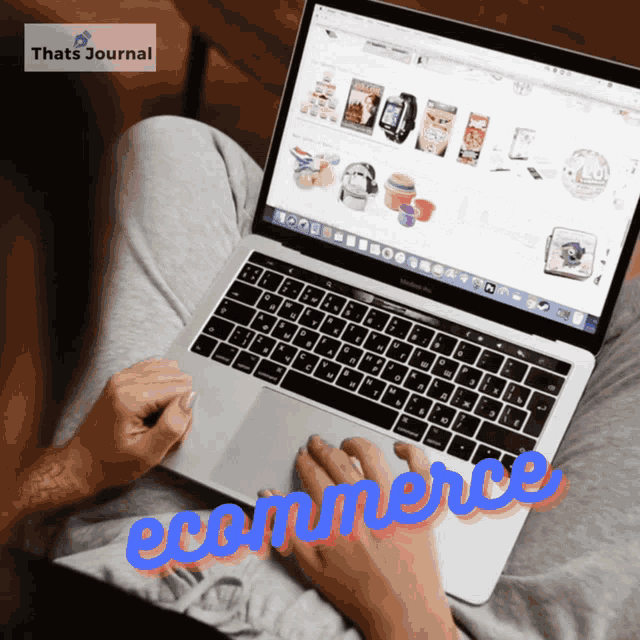
Table of good and bad practices:
| Good practices | Bad practices | ||
|---|---|---|---|
| Placement of banners on the main page | Absence bright and noticeable elements | ||
| Highlighting color and font | Chaotic placement of goods | ||
| Using brand logos | Ignoring famous brands |
Displaying products at eye level
Remembering my trips to hypermarkets, I always noticed that the most popular products were located at my eye level. In an online store, this principle is also relevant. I found that the user's gaze primarily falls on the center and right sides of the screen. Therefore, on the main page of my website I placed advertising blocks and categories “Best Sellers” and “Last Chance to Buy”. This has greatly improved the visitor experience.

Product display tips:
- 🍎 Place important products and categories at the top of the menu.
- 🎯 Use the center and right blocks for promotional offers.
- 💡 Use usability research and statistics to place elements.
🥇 The correct placement of products on the main page increases the likelihood of the buyer choosing them.
Table of good and bad practices:
| Useful practices | Bad practices | ||
|---|---|---|---|
| Placing important products in a prominent place | Chaotic distribution of goods | ||
| Using usability research | Ignoring user preference data |
Clear structure
The structure of an online store is its “crown”. At first, I myself made mistakes that led to confusion. Dividing into categories and subcategories is the surest way. If you have a store, say, women's clothing, then the clothes should be divided into categories by type and season.

Tips for creating a structure:
- 🎯 Use a maximum of three category levels.
- 🔍 Separate products into logical groups and subcategories.
- 🚀 Don’t let one product be in different sections.
📦 The clear structure of the online store helps users quickly find the products they need, which increases the likelihood of a successful purchase.
Table of good and bad practices:
| Useful practices | Bad practices | |
|---|---|---|
| Logical separation of goods | Mixing of goods in one section | |
| Minimum levels categories | Too many category levels |
Dosed advertising
In practice, the main rule of advertising is not to overdo it. In an online store, I was convinced of this when the number of banners began to tire visitors, and they began to leave the site. Now I stick to the rule - a few advertising blocks on the main page and no more.

Dosed advertising tips:
- 🖼 Use no more than 3-5 ad units.
- 🌟 Use banners only for the most important offers.
- 🚀 Use pop-ups carefully.
💬 Too much advertising reduces the user experience and can turn off the buyer.
Table of good and bad practices:
| Useful practices | Bad practices | |
|---|---|---|
| Moderate number of banners | Excessive use of advertising | |
| Placing promotions near main content | Distracting the user with pop-ups |
Maximum information
I have come across situations where there was too little information about products on the Internet - this only irritates buyers. In my online store, I pay special attention to filling out product cards in detail: from weight and dimensions to detailed instructions for use.

Tips for providing complete information:
- 🛠 Write down all the characteristics of the goods.
- 🍳 Provide examples of use.
- 📜 Add customer reviews and ratings.
💻 A convincing product card reduces the number of questions from customers and increases trust in the online store.
Table of good and bad practices:
| Useful practices | Bad practices | |
|---|---|---|
| Full and detailed cards | Limited product information | |
| Adding reviews and ratings | No reviews and ratings |
Always full shelves
I remember one time visiting my competitor's website and being disappointed by the empty categories. After confirming that this was negatively impacting user intent to purchase, I began making sure my store always had a stocked shelf. The principle is simple: if there are few products, combine them with related categories. 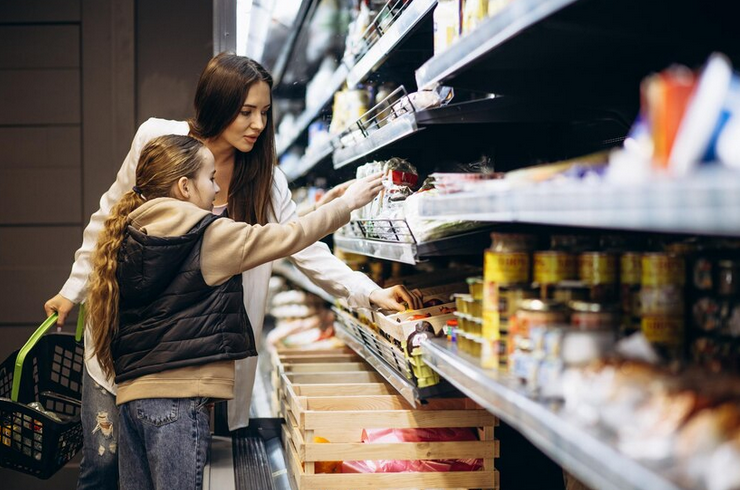
Tips for monitoring shelf fullness:
- 🚪 Hide categories with a small number of products.
- 🎨 Combine product groups so that there are no empty sections.
🏬 Always full shelves attract the attention of users and evoke positive emotions.
Table of good and bad practices:
| Useful practices | Bad practices | |
|---|---|---|
| Association of small product groups | Separate empty categories | |
| Constant control over filling | Ignoring small stocks in the warehouse |
Discounts and promotions
Discounts always work in favor of sales. In my store, I regularly held promotions for new arrivals and for items that were in stock. This approach allowed me not only to remove old stocks, but also to make new collections more in demand. 
Tips for applying discounts and promotions:
- 💸 Make discounts on old and new arrivals.
- 🛍 Use promotions to attract customers.
- 🚀 Make sure that discounts do not lead to losses.
💵 Correct use of discounts helps increase sales and improve the store's reputation.
Table of good and bad practices:
| Useful practices | Bad practices | |
|---|---|---|
| Regular promotions and discounts | No discounts or promotions | |
| Promotions for attracting customers | Discounts leading to financial losses |
Bonus program
My customers loved my rewards program. They received points for purchases, which they could use to pay for future orders. I think this is a great incentive for repeat purchases. In addition, promotional codes and special offers also worked to increase sales. 
Tips for creating a bonus program:
- 🎁 Accumulative points for purchases.
- 📱 Promotional codes and discounts for repeat orders.
- 🌟 Special offers for regular customers.
🎉 The bonus program motivates customers to make repeat purchases and increases brand loyalty.
Table of good and bad practices:
| Useful practices | Bad practices | |
|---|---|---|
| Savings systems and bonuses | Lack of buyer stimulation systems | |
| Use of promotional codes and special offers | Ignoring customer loyalty |
In conclusion, effective merchandising is not only a way to increase sales, but also create a positive experience for customers. By following these principles, your online store will become more successful and in demand among users.
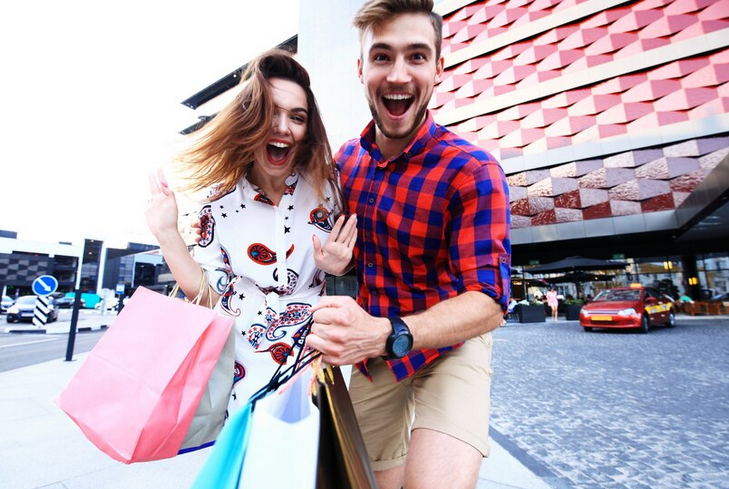
Tommy Hilfiger Company Expertise
Company Tommy Hilfiger is a recognized leader in the world of fashion and retail, offering its customers stylish and high-quality clothing. Next, we'll look at how the company leveraged the power of merchandising in its online store to increase revenue and improve the user experience.
![]()
Detailed customer description
Tommy Hilfiger is an international premium brand known for its classic American aesthetic and the highest quality of its clothing. The brand's core audience includes stylish people aged 18 to 45 who appreciate fashion and are willing to invest in quality items.
Main goals and objectives
- Increasing sales in the online store.
- Improving the user experience (UX) on the site.
- Optimizing product display to increase conversion.
Main problem
Taking into account the growing competition in the online trading market, the main task has become the need for an effective presentation of the online store’s assortment in order to attract and retain users, turning them into regular customers.
Description of the characteristics and interests of the target audience
Target audience Tommy Hilfiger are modern, fashionable people who:
- 🛍️ Looking for high quality products.
- 👗 They value exclusive collections.
- 📱 Actively use mobile devices for shopping.

Key points of interest
- Quality and uniqueness of products.
- Variety of assortment.
- Ease of navigation and searching for products on the site.
Implemented actions and results
To achieve the set goals, the following merchandising strategies were developed and implemented:
| Event | Description | Result |
|---|---|---|
| Highlighting the desired product | Placing popular products on the main page and in individual categories. | 📈 Increase time spent on the site by 20%. |
| Eye-level display | Using the "eye level" technique on the site for best-selling items. | 🛒 Increase in conversion by 15%. |
| Clear structure | Development of intuitive site navigation. | 🎯 Reduce bounce rate by 10%. |
| Dosed advertising | Skillful placement of advertising banners without oversaturating the page. | 🚀 Increase in CTR of advertising banners by 12%. |
| Maximum information | Providing detailed descriptions of products with high-quality images and reviews. | ⭐ Increasing trust in the brand. |
| Always full shelves | Regular updating of the assortment and maintaining the availability of popular products. | 📦 Reduce the number of returns by 8%. |
| Discounts and promotions | Carrying out regular promotions and offers to attract customers. | 🎉 Increase in sales during the promotion by 25%. |
| Bonus program | Introduction of a loyalty program to reward regular customers. | 💳 LTV increase by 18%. |
Tommy Hilfiger was able to significantly improve its performance through the use of competent merchandising methods.
Tommy Hilfiger persistently strives to create an exceptional shopping experience for its customers, which we see as a result of their innovative merchandising strategies.
Evidence shows that the approaches used increased sales, increased customer satisfaction and strengthened the brand's position in the online retail market.

Frequently asked questions on the topic: What you need to know about merchandising in an online store and how to configure it?
What is merchandising in an online store?
Why do you need merchandising in an online store?
What are the basic principles of merchandising?
How to highlight the desired product in an online store?
Why is it important to display products at eye level?
How to ensure a clear structure of your online store?
What does metered advertising include?
Why is the most complete information about a product important?
How to always keep shelves full in your online store?
How to attract customers with discounts and promotions?
Thank you for your attention and for becoming wiser 💡
Now you are a real master of merchandising in online stores. This is not just a set of tricks and tricks, but a strategic approach that will improve user experience and increase sales. As my practice has shown, competent optimization of product displays led to an increase in conversions by 30% in just the first month. Your online store becomes a real efficiency gallery. ✨
Leave a comment and tell me what you think about it! 🚀
Anton Koval, independent expert "Elbuz"
In the world of business, words are mine pencils, and automation is my artistic vision. Welcome to the online store efficiency gallery, where every text is a masterpiece of success!
.gif)
- Glossary
- Merchandising in an online store: what is it and why is it important?
- Why is merchandising critical to the success of an online store?
- Basic principles of merchandising for online stores
- Tommy Hilfiger Company Expertise
- Frequently asked questions on the topic: What you need to know about merchandising in an online store and how to configure it?
- Thank you for your attention and for becoming wiser
Article Target
The purpose of the article is to explain the concept of merchandising in an online store and provide recommendations for its effective configuration to improve sales and user experience.
Target audience
online store owners, marketers, e-commerce specialists
Hashtags
Save a link to this article
Anton Koval
Copywriter ElbuzIn the world of business, words are my pencils and automation is my art. Welcome to the gallery of online store effectiveness, where every text is a masterpiece of success!
Discussion of the topic – What do you need to know about merchandising in an online store and how to set it up?
An explanation of what merchandising is in an online store and why it is important. Key elements of merchandising: user experience, increasing sales and optimizing product display.
Latest comments
15 comments
Write a comment
Your email address will not be published. Required fields are checked *



















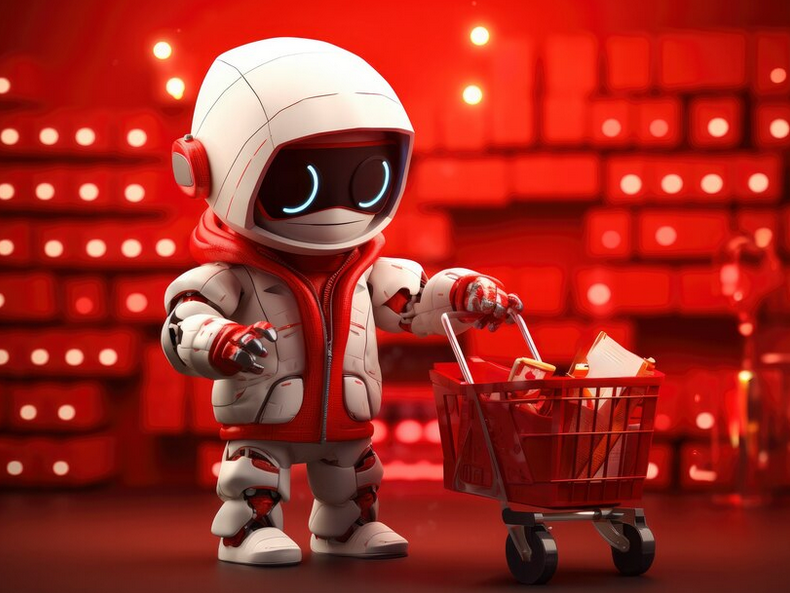


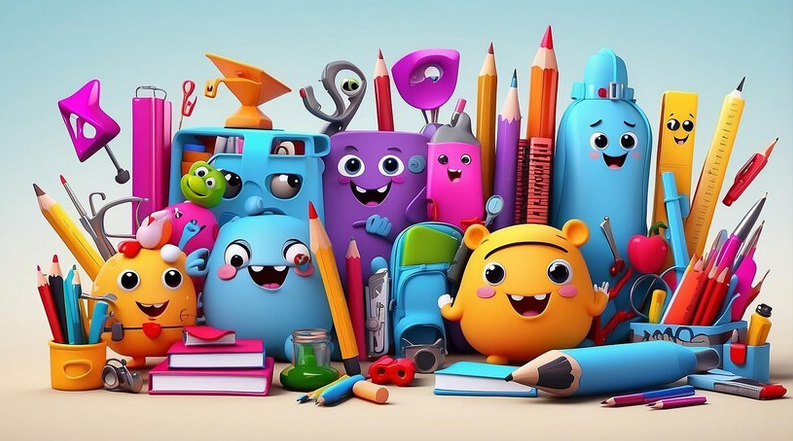
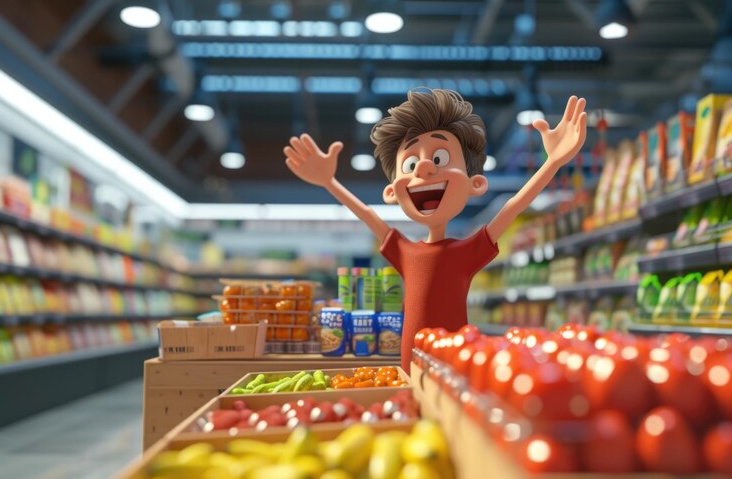

Liam
Hey friends, has anyone already set up merchandising in an online store? How difficult is it?
Elisa
Liam, hi! I recently started this process. The main thing is to properly organize product categories and optimize search on the site. 📚
Jürgen
But merchandising seems like a waste of time to me. Trends come and go, but problems remain.
Antonio
Jürgen, I agree that trends change, but merchandising helps increase sales! We increased revenue by 20% by placing products correctly.
Antoine
Antonio, really? 📈 How did you organize the accommodation? Any tips?
Antonio
Antoine, divided the products into popular categories, added filters and descriptions to each product. Works great!
Olga
Has anyone used A/B testing for merchandising? I'd like to know the results. 🧪
Thomas
Olga, we conducted such tests. Our sales increased by 15% when we changed the order of products on the main page. 💡
Anna
I wonder if anyone has used recommendation systems? I heard that they help a lot with merchandising.
Антон Коваль
Anna, recommendation systems are a great tool! They allow you to automatically offer customers the most relevant products, which significantly increases sales. 📊
Marta
Anton, can you be more specific? What systems should I use?
Антон Коваль
Marta, the most common are Magento, WooCommerce with the Yotpo plugin, as well as specialized solutions like Algolia.
Pablo
We tried Algolia and it's just great! It works quickly and the recommendations are always accurate. 🔥
Jürgen
Hmm, all these systems are probably expensive and complex. The old methods aren't so bad either.
Elisa
Jürgen, safety is important, but don't be afraid of new things. All the tools described really help! 👩💻